Positive and negative space are terms that are taken from visual art. They applied to visual art long before photography ever came into being. There is a lot of discussion, debate, and misconceptions about positive and negative space in photography.
In this discussion today, I shall be explaining what positive and negative space is and how they impact our photography. In the process, I’ll try and eliminate a few misconceptions.
What is Positive Space in Photography?
In a photograph or a painting, positive space denotes the space that the picture’s subject occupies. Positive space has nothing to do with positivity or any such thing.
Take a look at this picture.

The man’s silhouette is the subject of the image and is thus the positive space in the image.
There will be some differences of opinion as to whether the silhouette of the hill or the mountain on which the person sits is also a part of positive space.
I believe it is. It would have been in reasonable focus and, therefore, a point of interest had it not been a silhouette.
Thus, the mountain should also be included in the positive space.
Images can also be comprized of almost entirely positive space, as in the monochrome photo below. Although the trees point to one vanishing point, they are also the subject of the image and completely fill it up with positive space, making the image feel busy and alive.
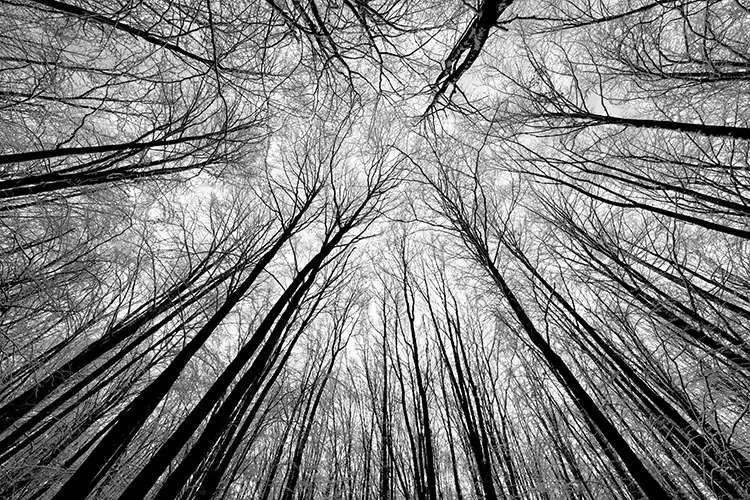
What is Negative Space in Photography?
Negative space in a photograph denotes the space that adjoins the subject of an image, and helps to emphasize it by being relatively blank, with nothing for the eye to naturally fall on. Again, negative space has nothing to do with negativity or any such thing.
In the above image of a man in silhouette sitting on a slope, the negative space is everything except the space occupied by the man’s and the mountain’s silhouette.
Positive and negative space depends significantly on how you look at a scene. In the above example of the man sitting on a slope, I decided that the positive space is the space occupied by the man and the slope of the mountain because those are the subjects of the image.
To clarify, the man is the main subject of the image, and the slope of the mountain is the secondary subject.
On the other hand, if we consider the sky the subject of the image, the space occupied by the man and the slope will become the negative space in the picture.
In the photo below, the negative space is the water and sky, which help draw the eye to the small amount of positive space in the image: the boat.

One of the most classic examples of this ‘swappable’ negative and positive space is the Image of Rubin’s Vase. Rubin’s Vase is an ambiguous example of a swappable negative and positive space.
The optical illusion is created by the presence of an image of a vase that’s made by two faces looking straight at each other.
You see a vase or two faces depending on what you’re looking at. Though both are present at any given point, you can only look at one.
If you’re looking for a vase, then the faces are obliterated. The Vase is the positive space, and everything around it is the negative space.
If it’s a pair of faces you can see, then the faces form a positive space, and everything around it is negative.

Why do we use negative space in photography?
Because of the negative space in a composition, the positive area assumes importance. The job of the negative space is to highlight the positive space and bring it into focus.
Together, negative and positive space creates harmony, making a composition possible.
Negative space should take up more of the frame than positive space as a general rule. If the positive space occupies more of the structure, it may become too cluttered, and the effect will not be as expected.
Remember, the presence of negative space is only there in the frame so that it can guide a viewer toward the main subject. The negative space’s job isn’t to oversimplify what’s in the frame.
Examples of Negative Space in Photography
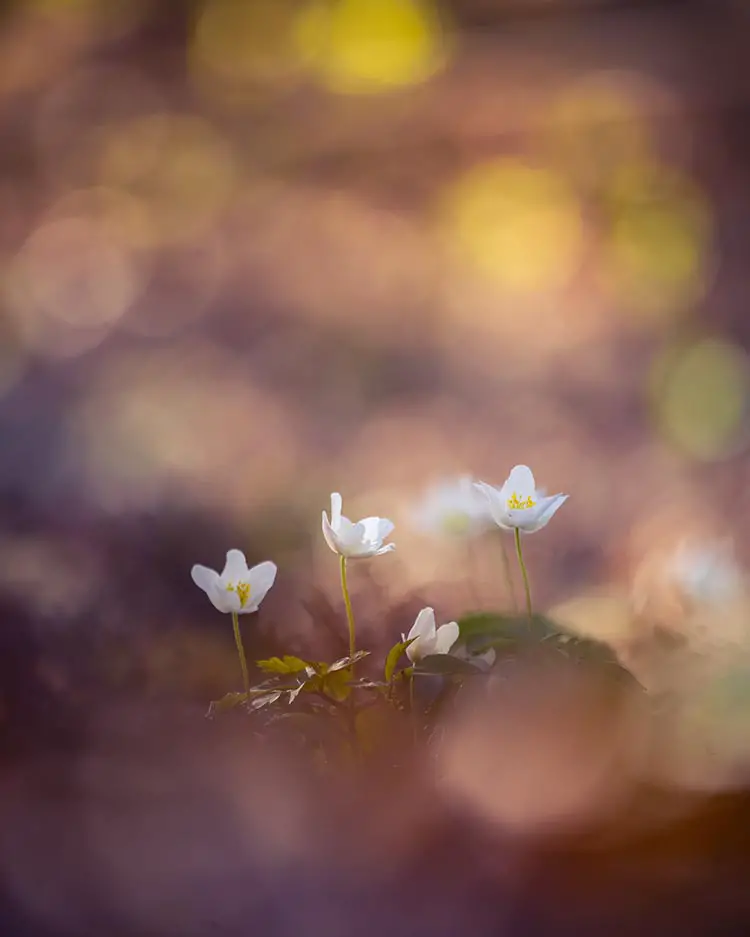
This is an exciting example of the use of negative space in photography. Look how the photographer has used a shallow depth of field to obscure everything in front and behind these flowers.
Even the flowers ‘within the focus zone’ are somewhat blurred. This is achieved using a wide-open aperture and perhaps a long lens.
A common misconception is that a negative space always has to be clean, without any objects. This isn’t true. The space can be occupied and yet be considered negative space.
Like in the example below, the image isn’t empty of interest points.
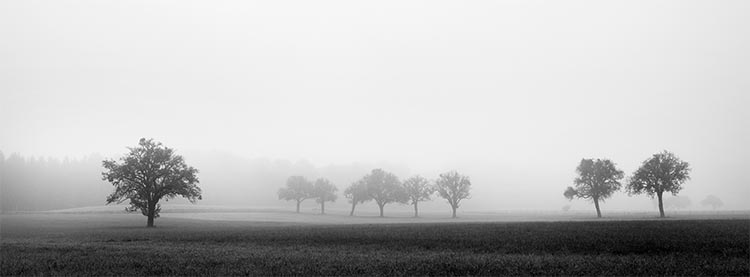
Although the main tree on the left is sharp, it’s easy to discern that the rest of the frame is filled with trees. However, the trees are not easily identifiable. They’re engulfed in fog and are blurry.
What you would not like to have though, if you are looking to create an image with negative space is something like this –
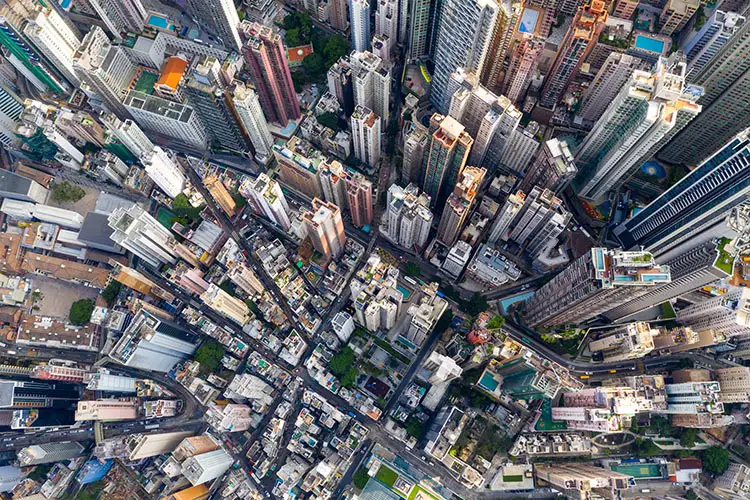
This is a classic example of an image with no identifiable subject. The frame is reasonably sharp from corner to corner. The viewer’s eyes will keep moving within the frame to zero on the main subject of focus.
In most cases, it will get drawn towards the center. But even at the center of the frame, everything is cluttered with no absolute subject that’s focused. This is used above to create a sense of dynamism that is appropriate to a subject like a city.
Examples of Positive Space in Photography
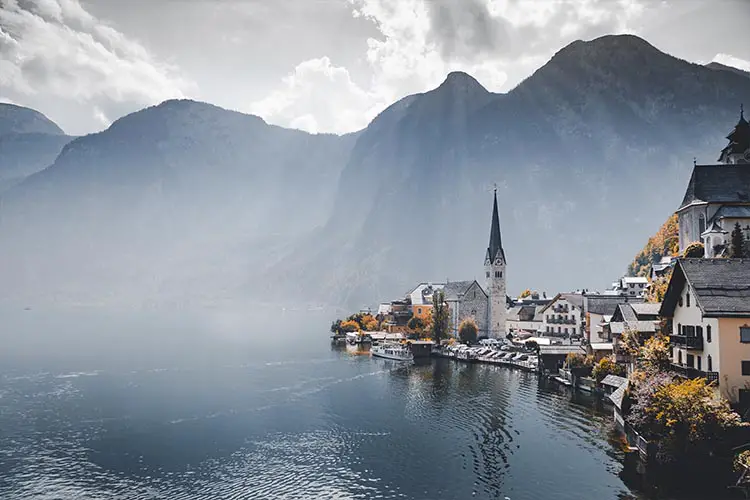
I love this image of a small town by the lake, surrounded by mountains. There are a lot of interesting points in the picture.
The buildings are reasonably sharp and form the first points of interest in the frame. The mountains are also discernible though they’re not in sharp focus. The town consisting of the buildings and the trees can be considered a positive space. Negative space will include the sky and the clouds, the mountains, and water, which occupies a sizable space in the frame.
You may argue that the mountains are also a part of positive space. Yes, they occupy a large part of the frame, but they’re not as sharp as the town itself. If you look at the mountains, your eyes will wander around and then come to fixate on the town. To be precise, on the tall tower at the center.
Thus, the mountains do not constitute positive space but form negative space in the composition.
You can also fill the frame with positive space, as you can see below.
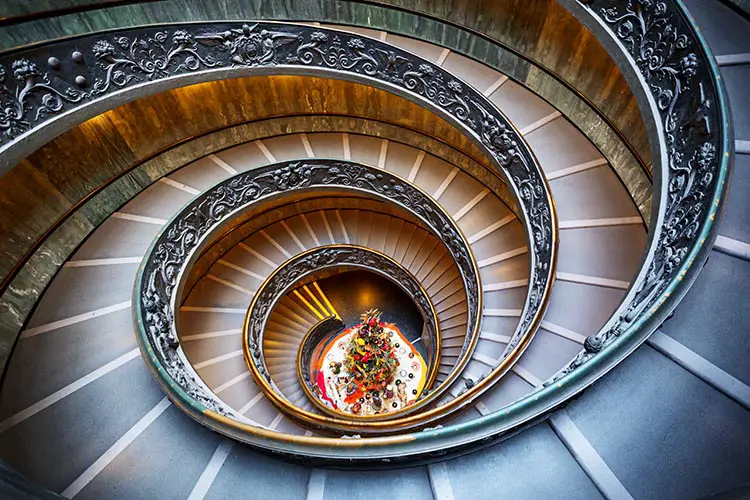
This image has a central focal point that your eye is drawn to by the spiral of the staircase, but unlike in the examples of negative space, the staircase itself contains a lot of detail and allows the eye to linger in areas that are not within the image’s main focal point.
You could make an argument that the stairs are negative space, but personally I would call this image one comprized entirely of positive space.
Read More:

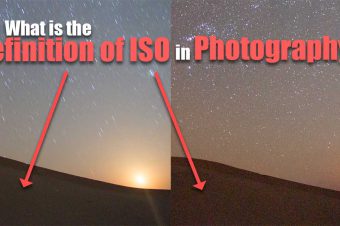

![Photoshop Filter Gallery Greyed Out? [SOLVED]](https://www.lapseoftheshutter.com/wp-content/uploads/2022/04/photoshop-filter-gallery-grayed-out-340x226.jpg)
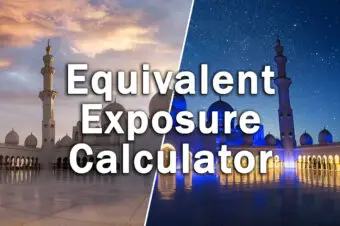
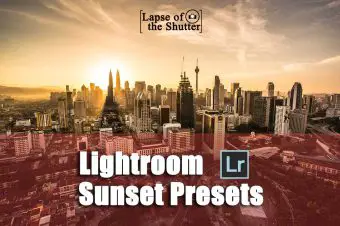
Leave a Reply